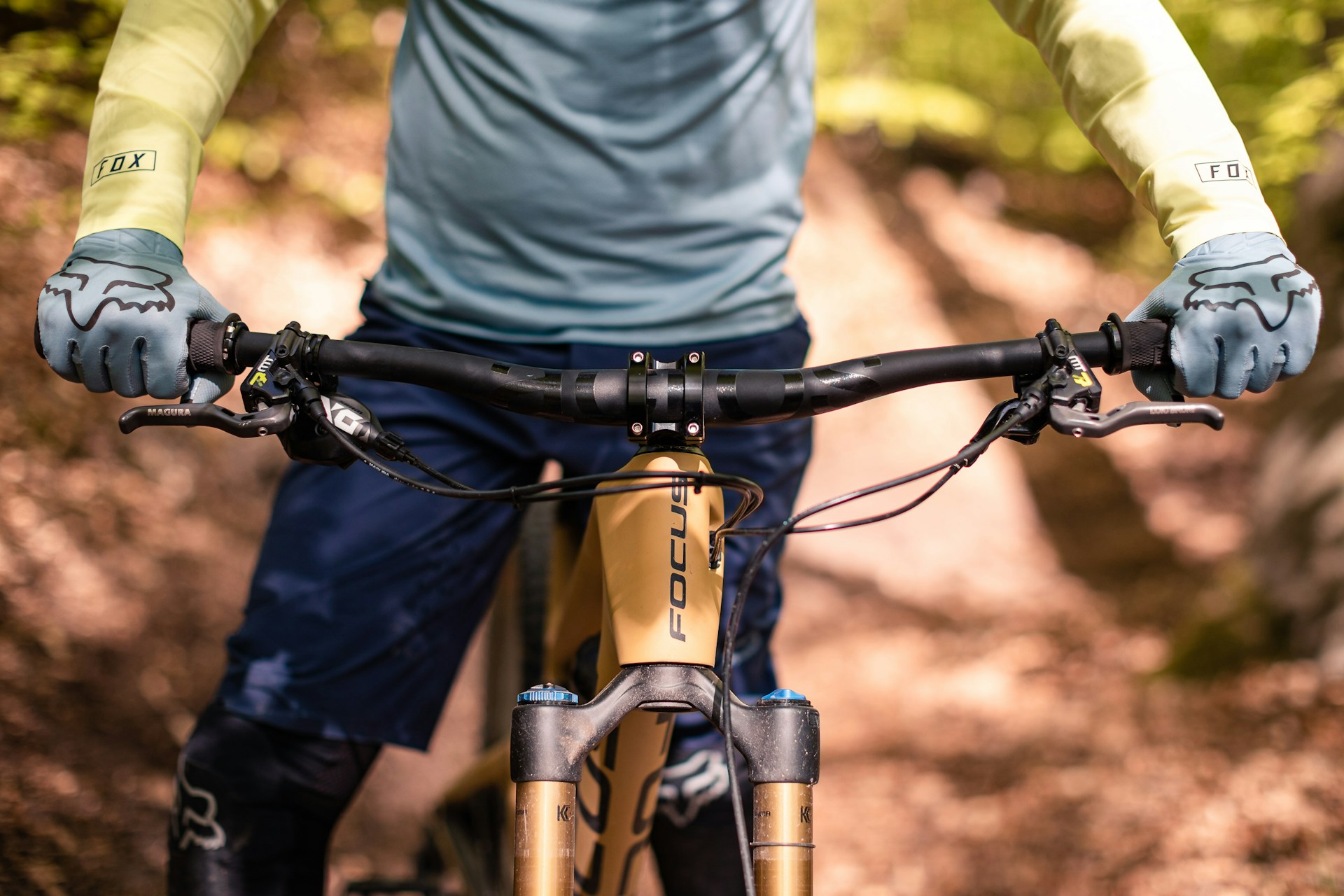When it comes to mountain bike gloves, the world of fat tire bikers is literally split in two: there are those who absolutely cannot do without them, while others prefer direct skin contact with the handlebars. So let’s see the Pros and Cons of using MTB gloves, how to choose the right pair and some advice on when and where they might be needed.
The Great Debate on mountain bike gloves
Among mountain bikers there is an almost even split between those who wear gloves and those who don’t. Gloves can improve grip and protect your hands, but some want to feel the tactile feedback that comes from riding barehanded even at the risk of injury.
Pros and Cons of using MTB gloves
Let’s see the advantages and disadvantages that derive from using MTB gloves, when they could be really useful and when instead you could happily do without them.
Advantages
Protection: The gloves protect against cuts in case of falls, as well as from irritating plants and thorns.
Comfort: They can absorb sweat, improve grip in humid conditions and keep your hands warm in cold weather.
Check: The padding helps fight numbness and fatigue in the hands, allowing for longer, more comfortable rides.
Disadvantages
Feeling: Going without gloves can improve feel on the handlebars, which some riders prefer for better control.
Heat: Gloves can be uncomfortably hot, especially in summer, leading to sweaty hands that could impair your grip or cause blisters.
While some prefer direct contact, the benefits of protection and comfort that gloves provide are substantial, particularly for new or technical cyclists.
How to choose your MTB gloves
When selecting mountain bike gloves, consider the following factors:
1. Your Practice
Rando e Cross-Country (XC): Opt for short, lightweight gloves. These should offer comfort, vibration absorption and sweat control.
Enduro e All-Mountain: Choose long gloves with gel inserts for better hand protection without sacrificing breathability.
Downhill (DH): These gloves are longer and reinforced with additional protection such as molded plastic or carbon fiber at the joints.
2. Weather conditions
Estate: Lightweight, breathable gloves are best. Materials like mesh or polyester keep your hands cool.
Out of Season/Extreme Practices: Look for long, lightweight but still breathable gloves.
Winter: Choose gloves that are long, warm and waterproof. A fleece lining can provide insulation without excessive bulk.
3. Adaptation
Make sure the gloves fit well, like a second skin but without restricting movement.
When to wear gloves
Gloves are generally recommended for mountain biking, but here are specific situations to consider:
High risk situations: like racing, enduro and downhill where falls are more likely.
Humid or sweaty conditions: where a good grip is essential for control.
Cold weather: particularly when the temperature drops below 13°C.
Long or bumpy routes: where comfort and resistance are priorities.
Allergy season: When you may need to clean your nose more frequently.
When NOT to wear gloves
Random trips: On easy trails or conditions where you feel comfortable without extra protection.
Road cycling: Many off-road cyclists go without gloves on road trips, especially on shorter or smoother rides.
Where to wear gloves
Gloves should be worn in any mountain biking scenario but are especially important in technical terrain, during races, and in colder or wetter climates. They are less necessary on casual outings or easy, familiar routes where the risk of injury is minimal.
Conclusions
While the decision to wear gloves or not often comes down to personal preference, the protective benefits they offer make a compelling case for their use. Gloves not only provide safety against mechanical injuries and natural irritants but also enhance comfort and control, which can improve your riding experience. Whether you choose to wear gloves or not, consider how they could improve the quality and safety of your riding the next time you venture out on the trails.
READ ALSO: MTB helmet: advice for buying the right one
Photo by Axel Brunst / Greg Rosenke / Ulf Meyer
Advertising
